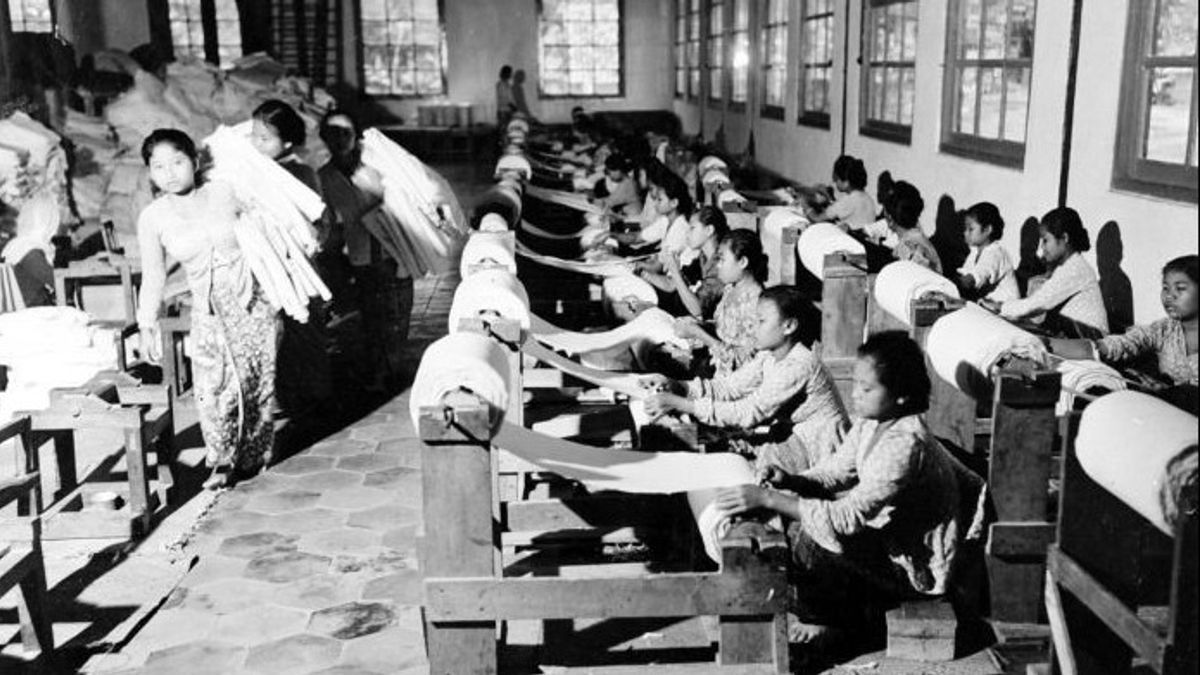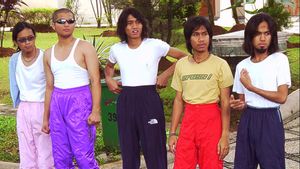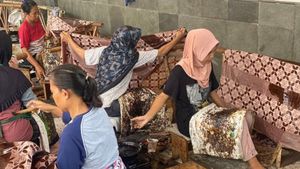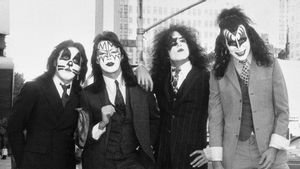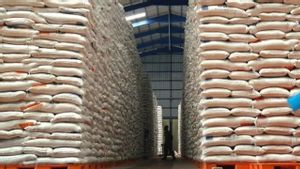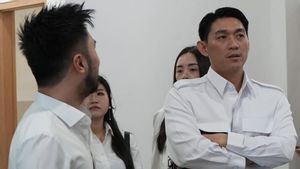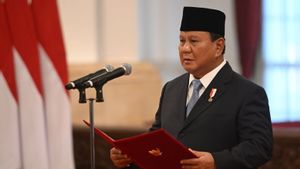JAKARTA - Shoes had become a luxury item in the archipelago. The high price and social hierarchy are the cause. Footwear is only used by limited groups. The presence of the shoe company Bata changed everything.
The Czech company that produces mass shoes allows everyone to wear shoes. They even set up a factory in Kalibata, Batavia (now: Jakarta). Bata was also able to exist in the Dutch and Japanese colonial era. Then, Bata continues to be the name of the idol of the Indonesian people after independence.
Life as a tempo shoe craftsman used to be very promising. That's what Bat'a's family lives with in Zlin, Czecha (now: divided into two countries of the Czech Republic and Slovakia). Life as a shoe craftsman is'song' from generation to generation. However, the reach is only limited to 150,000.
Everything changed when the eighth generation of Bat'a's family took over the shoe-making business. They are Tomas, Anna, and Antonin Bat'a. They started to think about how to mass-produce Bata shoes.
The results were brilliant. They founded the shoe company Bata on September 21, 1894. Big changes were made. They replaced the traditional workshop by turning it into a modern shoe factory. Slowly more employees.
The modernization made the Bat'a family use a modern steam-powered engine. The presence of steam engines to the beginning of Bata became one of the famous mass shoe manufacturers in Europe. Its production at that time could reach 2,200, then an increase of 168 thousand pairs of shoes per day in the 1930s.
Bata has also begun expansion to various parts of the world. The Dutch East Indies (now: Indonesia), one of them. Bata's company entered the archipelago in 1931. At that time they collaborated with NV Netherlandsch-Indisch as an importer based in Tanjung Priok, Batavia.
Bata is growing rapidly in the Dutch East Indies. The presence of Bata is the way for everyone to wear their shoes. In fact, in the past, only Europeans used limited shoes, the natives were banned from wearing shoes because they were considered to be styled like Europeans. Not to mention the high cost of handmade shoes.
Bata set up its first factory in the rubber plantation area, Kalibata, Batavia. The establishment of the factory made Bata start producing many shoes in the archipelago from 1940. Bata also still exists even though Dutch colonialism has changed to Japan.
Bata is one of the brands allowed to do business in the archipelago, while many other European products are prohibited and taken over by the Japanese military. The name creatively began to win the hearts of Bumiputra and Japanese consumers.
They have implemented Japanese propaganda 3A (Nippon Cahaya Asia, protector of Asia, Asian Leader) into 3A others: Asia, Ada, Agoeng. The promotion was successful, even though the economic situation of the Japanese colonial era was difficult.
"Asia Ada Agoeng. Add my aggonegan itoe by wearing a sepatae Bata. Because Poetra-poetri Asia made sepatae bata in Indonesia. It would be nice to see your eyes. Asian children have a brick pattern. It will be an Asian Raja memoedjoe," Bata's shoe ad content as quoted by Bedjo Riyanto in the book Siasat Packing Enjoys (2019).
The shoe company Bata continues to exist when Indonesia is independent. Bata became a popular brand in all circles of society. Instead of only being used by young people, parents also use brick shoes. As a result, Bata was considered a native Indonesian product.
Bata's popularity is increasing because there are not many other brands on the market. Bata only competed with several names of shoe companies in the 1950s. Bata also benefited from the trend of using Old Order shoes.
At that time the trend of using shoes is not what it is today, one person can have more than one shoe to support a variety of activities. In the past, one shoe was used to support all activities. The use of Bata shoes was also used until it was damaged.
That said, this behavior made the image of Bata shoes strong and long-lasting. Bata is indeed an option shoe. The problem with the shoe model is not much like now, it doesn't matter. Then, Bata continues to expand its business throughout the archipelago.
They began to be listed on the Jakarta Stock Exchange on March 24, 1982. Then, in 1994, Bata began to complete the construction of a large shoe factory in Purwakarta. Bata even has 435 retail stores. However, the extension began to be disrupted by the COVID-19 pandemic in the 2020s. Bata's shoe factory in Purwakarta closed in 2024.
SEE ALSO:
The shoes that I still remember in the (1950s) were only Bata and Hanna I think the last brand is no longer there. The Bata shoes in the Kalibata area are limited to the model, not as much as it is now. The quality is also not as good as it was after the 1970s.
Sepatu is usually worn until it's crowded, it can't be used anymore, aka it must be thrown away. If the shoes are damaged, it's slightly repaired by calling the shoe sol who often passes in front of the house. It's not uncommon for me or my friends to wear the gapping shoes in front of them. We often tell those who wear them: you've asked for food," explained Firman Lubis in the book Jakarta
The English, Chinese, Japanese, Arabic, and French versions are automatically generated by the AI. So there may still be inaccuracies in translating, please always see Indonesian as our main language. (system supported by DigitalSiber.id)
